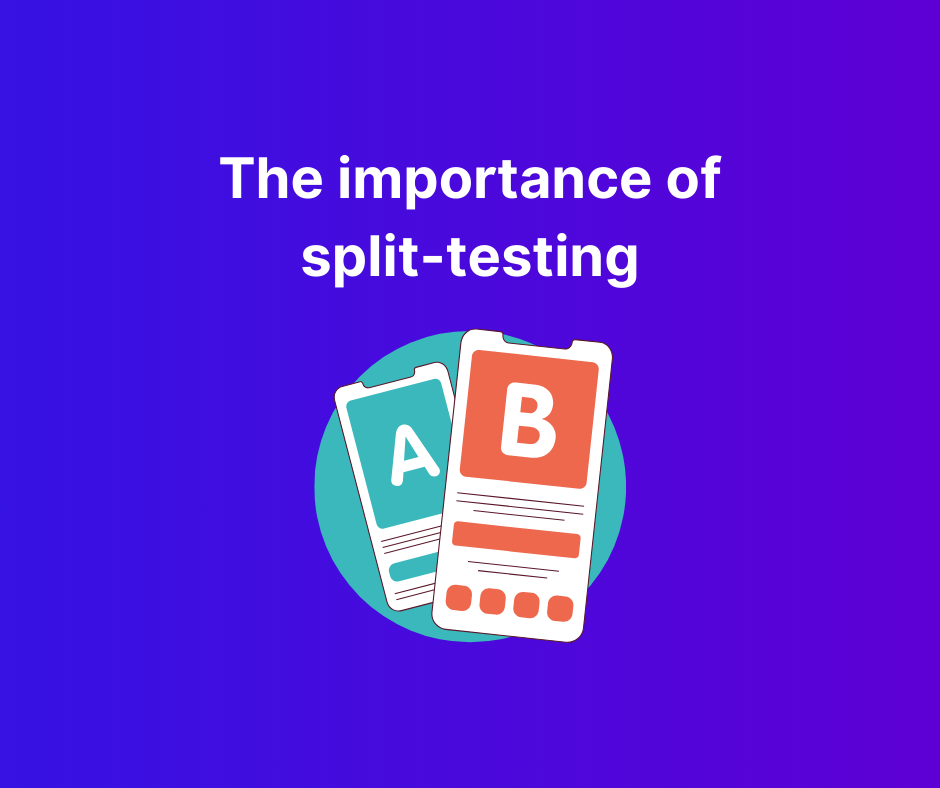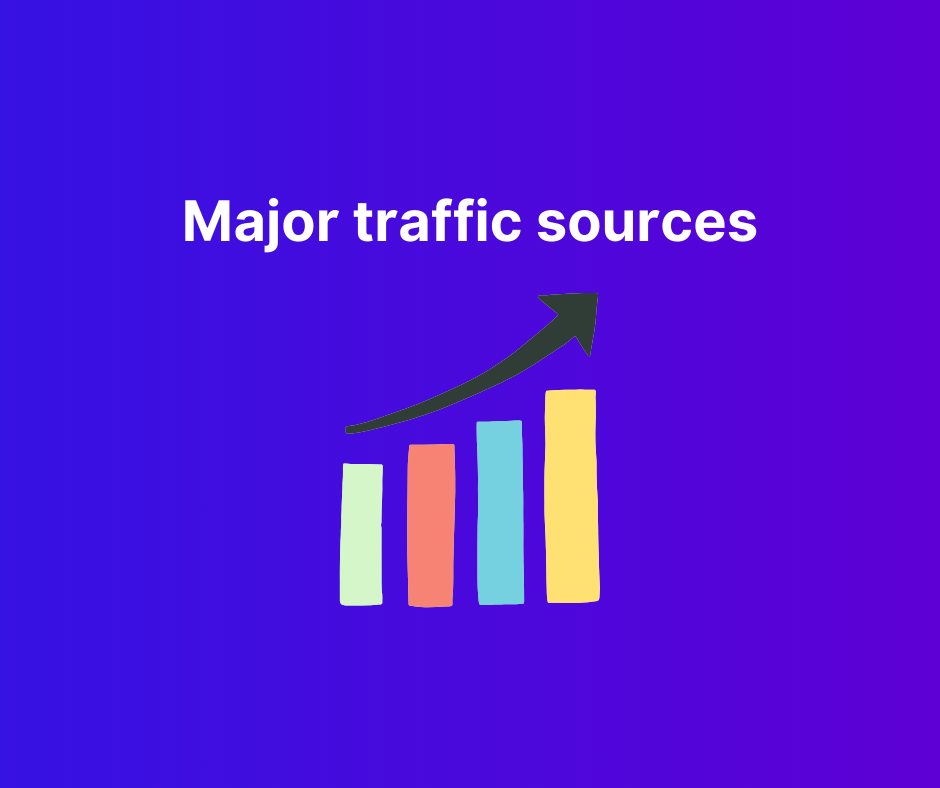Desktop vs Mobile, what affiliates should know

Firstly, desktop and mobile are not two different traffic sources.
They merely categorise the type of device a user is on, so can be thought of as ‘types of traffic’.
In this day and age, mobile is more ubiquitous than desktop. Indeed in many countries, mobile devices are the first and only “computer” someone has had, and mobile content consumption is huge. After all, it can be in your pocket 24/7. According to StatCounter:
So, virtually every traffic type is available on both desktop and mobile, with this becoming more of a targeting parameter than anything.
Some traffic sources are naturally mobile-first or mobile-only, especially those that are app-based like TikTok. Even though you can browse TikTok on a desktop device, it’s just not the intended use scenario and probably accounts for a tiny, tiny percentage of usage.
However, some traffic sources only do one or the other. Popup sources that rely on toolbars/adware are unlikely to work with mobile devices since the browsers are different - as are the operating systems (though these are not so relevant now).
SMS traffic naturally is mobile only.
But aside from that, most ad types are now cross-platform, as our lives have become multi-platform.
Smartphones have also become so powerful that many experiences that in the past were not technically feasible are now trivial – our smartphone’s hardware can be better than most PC’s from a decade ago and the screens on these devices are now nothing short of amazing.
They are now fully-fledged 3D gaming devices as well – so there’s very few boundaries between what can be done on mobile vs desktop.
Likewise, a lot of old notions about people's purchasing activities on mobile have been left in the dust, as we see more and more ecommerce + high value transactions happening on mobile (and oftentimes predominantly).
However, you should be aware of the critical differences between these types of traffic.
From an affiliate marketing perspective, running paid ads, there’s many things to consider that are more niche and technical, and mainly when dealing with mobile users.
Technical fragmentation
With mobile, there are far more technical variables at play
- Device model and make (Android is very fragmented)
- Device OS and version
- Sites/apps being used
- Connectivity (WiFi vs 2G, 3G, 4G carriers)
- Screen size and resolution
- Device value
When running paid marketing campaigns, we want to dig into data to do optimisations. And with mobile, we have a lot more of this – which can cause an analysis overload.
The reality is, some device types/OS/makes will inherently do better on some campaigns (even if you don’t know why), and the plethora of data can be a bit overwhelming.
For example, here’s the fragmentation in just iOS and Android OS versions.
For iOS, for the most part it’s dominated by iOS 17 and 16 – two separate major versions. But over ⅓ is from other versions.
OS major version changes can bring important changes that impact advertising – such as blocking of certain ad types, do-not-track requirements, masking of data that affects tracking, and can simply change UI structures that affect how users see an interact with ads.
Now look at Android…
In comparison we see 5-6 major versions accounting for significant portions of the traffic, and the latest version is in 4th place!
Android is inherently more fragmented than iOS, so we get even more impact from the plethora of versions and devices.
And let’s not even begin to try and fathom make/model fragmentation… Android models were bad enough 10 years ago… imagine now!
And on the Apple side, new devices are released every year or two, which result in quick uptake and more fragmentation in the market.
Tracking exactly what iPhone a user has is not so straightforward nowadays (Apple privacy features), but we know there is generally quite quick adoption of new models:
And user adoption of new major iOS versions can be rapid and significant:
That’s not to say you need to be vigilant for OS updates and stay on red-alert to monitor campaigns, but you should probably be aware if a new major iOS version is coming out that blocks a certain ad type, or brings with it some tracking issues.
On the other hand with desktop…
Most people are using Windows or MacOS. These don’t go through major version changes as frequently as Android/iOS. And the majority of Windows users are on Win10 or Win11, period. And this is quite stable:
User behaviour
In addition to the technical variables involved, there’s another major one – where the user physically is and what they are doing.
With desktops, you know this is quite stable and predictable…
- They are in the office on their work PC if it’s in those hours of the day (and they work from an office)
- At night they are likely on a home PC or laptop
- They could be on a laptop working in some coworking space, library or coffee shop
In general, wherever they are, they probably have a stable place to sit where they are focused on whatever they are doing.
But with mobile… they could be watching TikTok on their phone while on a train. They could be on a boat taking IG selfies. They could be waiting in line at a coffee shop. They could be sitting at home at night playing games with a cat on their lap. Or they could be in a business meeting.
The situations are much, much more variable – and that means that often your ads need to be better at capturing user attention, and need to take into account the user may not have the time or focus to dedicate to a long, arduous set of steps.
This is why mobile UX is so important, and why conversion flows, form filling etc. should be as optimal and as fast as possible on mobile.
Simple things like whether a form field automatically expects a number input and shows a numpad, sizing things to be easy to read, and easy to tap buttons become key concerns that can impact conversion rates.
Whereas on a desktop, because you have a large screen + mouse and keyboard, you’re more resilient to poor design.
Hopefully it’s clear just intuitively that mobile usage is more heterogeneous than desktop usage. To give a quick bullet point list:
- Mobile devices are often slower to display anything/everything cf. desktops
- Landing pages and site designs need to be responsive to mobile devices or be designed for them outright
- Users have different mind-sets and behaviour patterns
- Not so keen to enter long form details
- More sensitive to page load speed, and generally worse connectivity
- Mis-click often and suffer from fat finger syndrome
Payment methods
One final thing I wanted to mention is payment methods.
People will readily make purchases, even quite large ones, on their mobile devices now.
This has been made easier by:
- A lot of sites/apps storing payment details (e.g. Amazon 1-click checkout)
- Financial apps making it easy to copy payment details + with biometric security
- Apps like Google/Apple pay making it easier to link cards and pay with these, through native device OS methods
- Mobile payment methods for specific countries that have smooth payment flows (e.g. WeChatPay).
Some people may resist large purchases or decisions on mobile out of less trust in their device vs their PC. But this notion has been disappearing for quite some time now.
Now, in addition, there are other payment methods that do not exist on desktop, but do on mobile.
On mobile, you can get carrier billing options and these tie into different “flows” like PIN submits, 1-click flows, SMS opt-ins, etc.
I won't go through these in detail, but they are commonly used by many affiliate offers in the mVAS (mobile content) space. These involve sending messages/SMS and user agreement to some service, which now bills them via their carrier account.
Offer types
Lastly, the types of offers differ. The stand out being app installations from the Google Play and iTunes store.
These can only be installed on mobile devices, generally (though yes some apps might also be on MacOS).
Additionally, there are mobile content offers as mentioned earlier that are only possible on a mobile, carrier-based device.
But aside from that, everything is quite cross-platform now and you should consider mobile traffic as just another variable, and leave preconceptions about what will and won’t convert behind – test instead.





